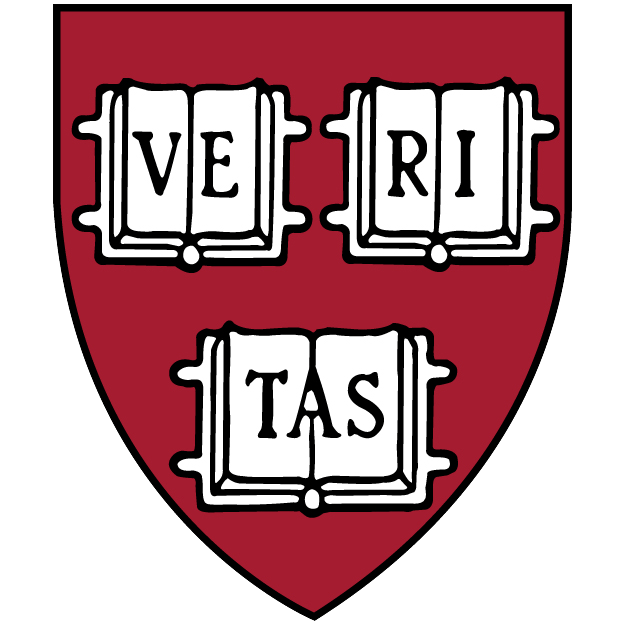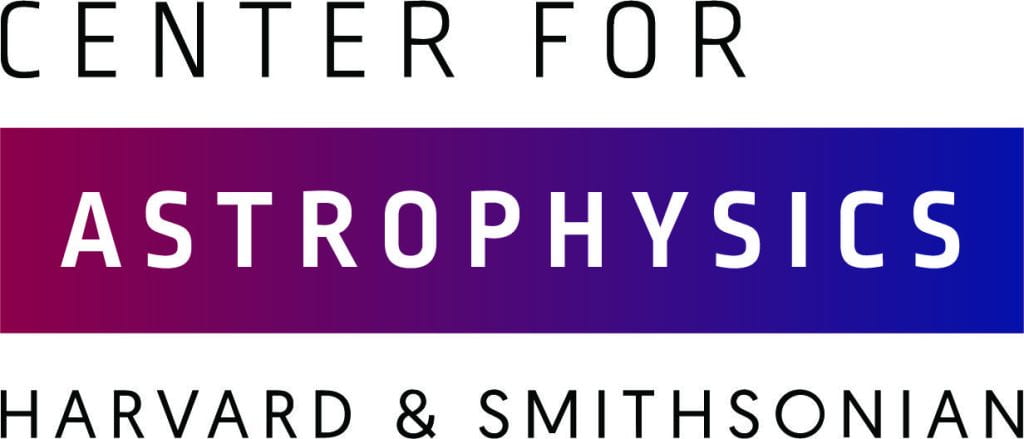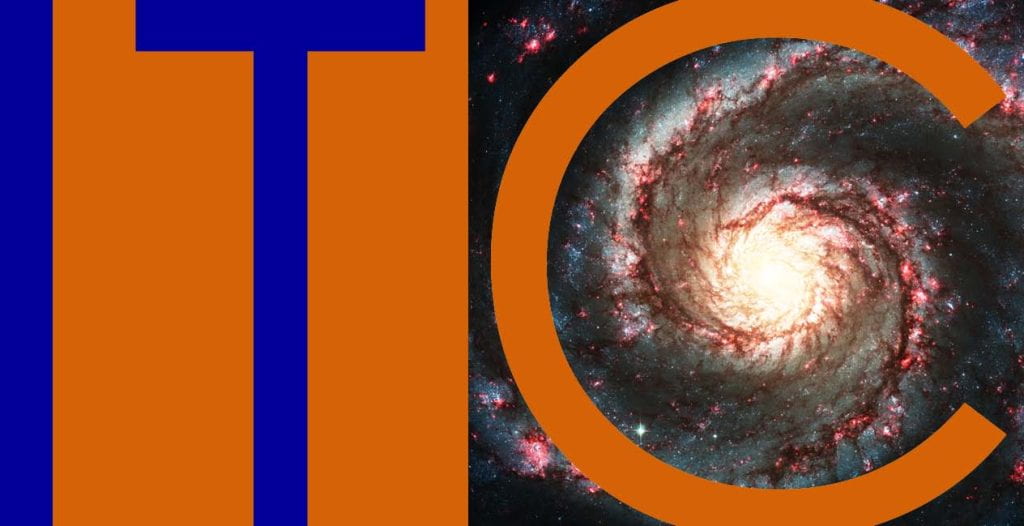Divisions

Astronomy Department
“Our department is young in spirit but has a century-old tradition of exceptional graduate students and faculty. Our teaching and research interests span the entire Universe with exciting observational and theoretical programs in cosmology, extra-solar planets, transients, star formation, black holes and high-energy astrophysics.”
Daniel Eisenstein

Atomic and Molecular Physics (AMP)
The Center for Astrophysics | Harvard & Smithsonian AMP division focuses on combined laboratory and theoretical studies of atomic and molecular processes; laboratory physics and astrophysics; atmospheric measurements; and atomic and molecular databases for astrophysics and atmospheric science.

Banneker Institute
Banneker Institute summer program is a ten-week research and study experience. We prepare undergraduate students of color for graduate programs in astronomy, focusing on research, graduate coursework, and social science education.

Black Hole Initiative (BHI)
The BHI is an interdisciplinary center at Harvard University involving a collaboration between Principal Investigators from the fields of Astronomy and Astrophysics, Physics, Mathematics, and Philosophy.

HCO Astronomical Plates Collection
The Harvard Plate Stacks make up over a century of irreplaceable scientific observations and represent the first full image of the visible Universe. Hundreds of women studied and curated the Harvard Plate Stacks while making discoveries of their own, but more often than not their work went unrecognized. The Center for Astrophysics is dedicated to understanding and undoing the erasure of these women’s contributions while advancing and enabling the creation of new knowledge using the Harvard Plate Stacks Collection.

High Energy Astrophysics (HEA)
The Center for Astrophysics | Harvard & Smithsonian HEA division focuses on X-ray astronomy and instrumentation involved in observations of high-energy sources. This research aims to address the physical processes involved in generating X-rays, the amount of matter in the Universe, and the origin, evolution, and ultimate fate of the Universe.

John G. Wolbach Library
The John G. Wolbach Library houses both Harvard College Observatory and Smithsonian Astrophysical Observatory collections, forming one of the world’s preeminent astronomical libraries. This extensive collection includes primary sources associated with both institutions’ history, as well as archival publications, papers, and objects created by observatories worldwide. Wolbach Library facilitates the creation and sharing of the new knowledge by providing resources that respond to, and anticipate, challenges that impact the astronomy community.

The Institute for Theoretical Atomic, Molecular, and Optical Physics (ITAMP)
ITAMP, as the leading center of Atomic, Molecular, and Optical (AMO) physics theory in the US, has developed a notable reputation for training, mentoring, and sponsoring postdoctoral and visiting fellows in theoretical AMO science.

Optical and Infrared Astronomy (OIR)
The Center for Astrophysics | Harvard & Smithsonian OIR division focuses on extragalactic and galactic astronomy emphasizing studies of the large-scale structure of the Universe, clusters of stars and of galaxies, and the formation and evolution of stars and planets by using data from satellite-, balloon-, and ground-based observatories; and development of spectroscopy and imaging techniques.

Origins of Life
Is life abundant in the Universe?
A community of Harvard faculty, senior researchers, postdoctoral fellows, graduate students and undergraduates fascinated by the challenge of answering this question.

Radio and Geoastronomy (RG)
The Center for Astrophysics | Harvard & Smithsonian R&G division explores the Universe using the low-energy portion of the electromagnetic spectrum, including the radio, millimeter, sub-millimeter and infrared wavelength bands.

Science Education (SED)
The Center for Astrophysics | Harvard & Smithsonian SED is a national leader in the study of science learning and in the research and development of evidence-based STEM learning experiences for adults and youth in both formal and informal settings.

Solar, Stellar, and Planetary Sciences (SSP)
The study of exoplanets, their atmospheres, chemistry, and potential for life doesn’t come without administration. This site serves as an internal resource for those at the Center for Astrophysics in the SSP Division who are employed by Harvard University.

Theoretical Astrophysics (TA) including
The Institute of Theory and Computation (ITC)
The Center for Astrophysics | Harvard & Smithsonian TA division uses theoretical models and computer simulations to understand a variety of fundamental astrophysical phenomena.
The mission of the ITC is to advance our knowledge and understanding of the universe through computational and analytical means, to create a forum for exploration and discoveries in theoretical astrophysics, and to train the next generation of astrophysicists.